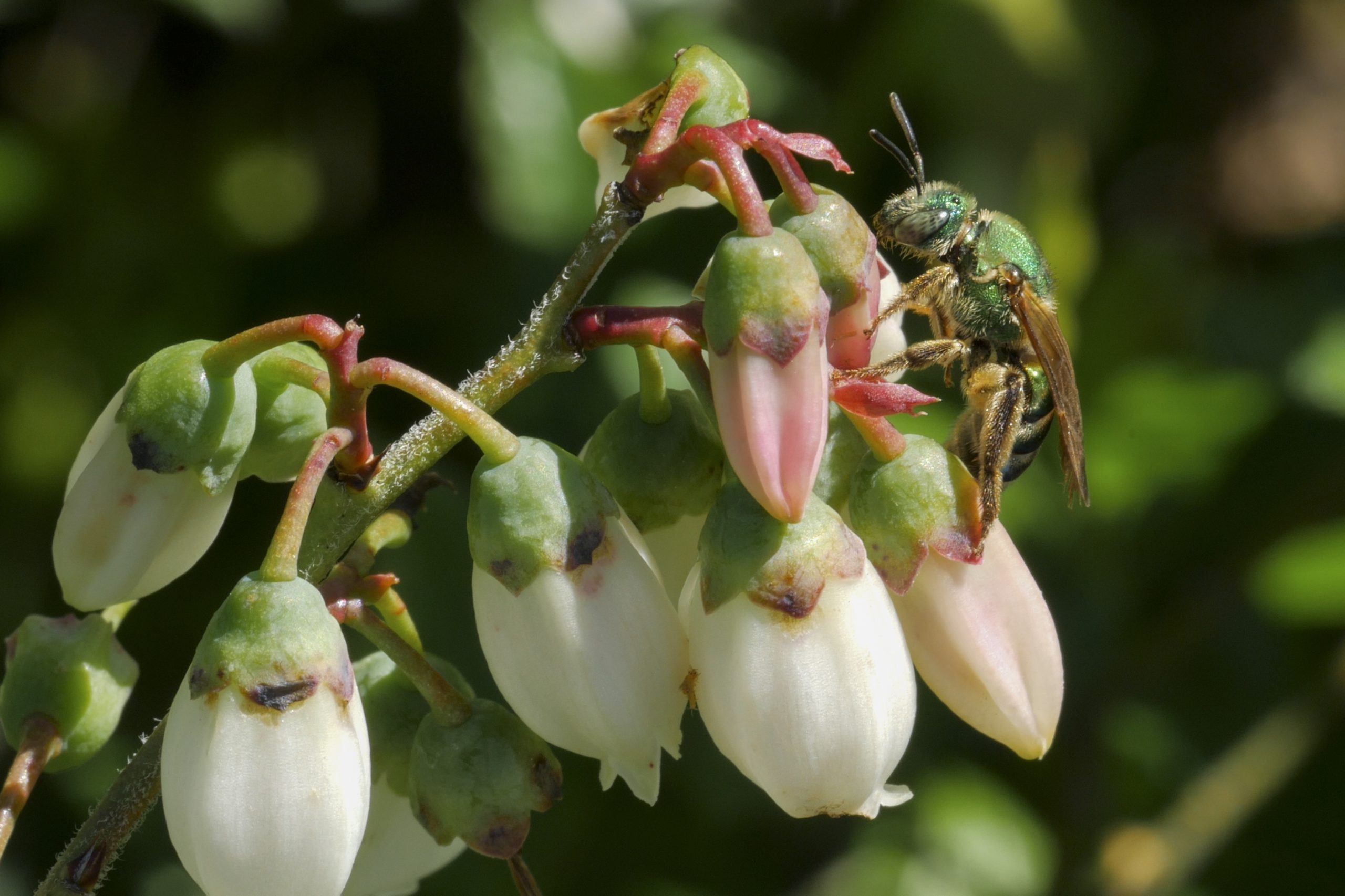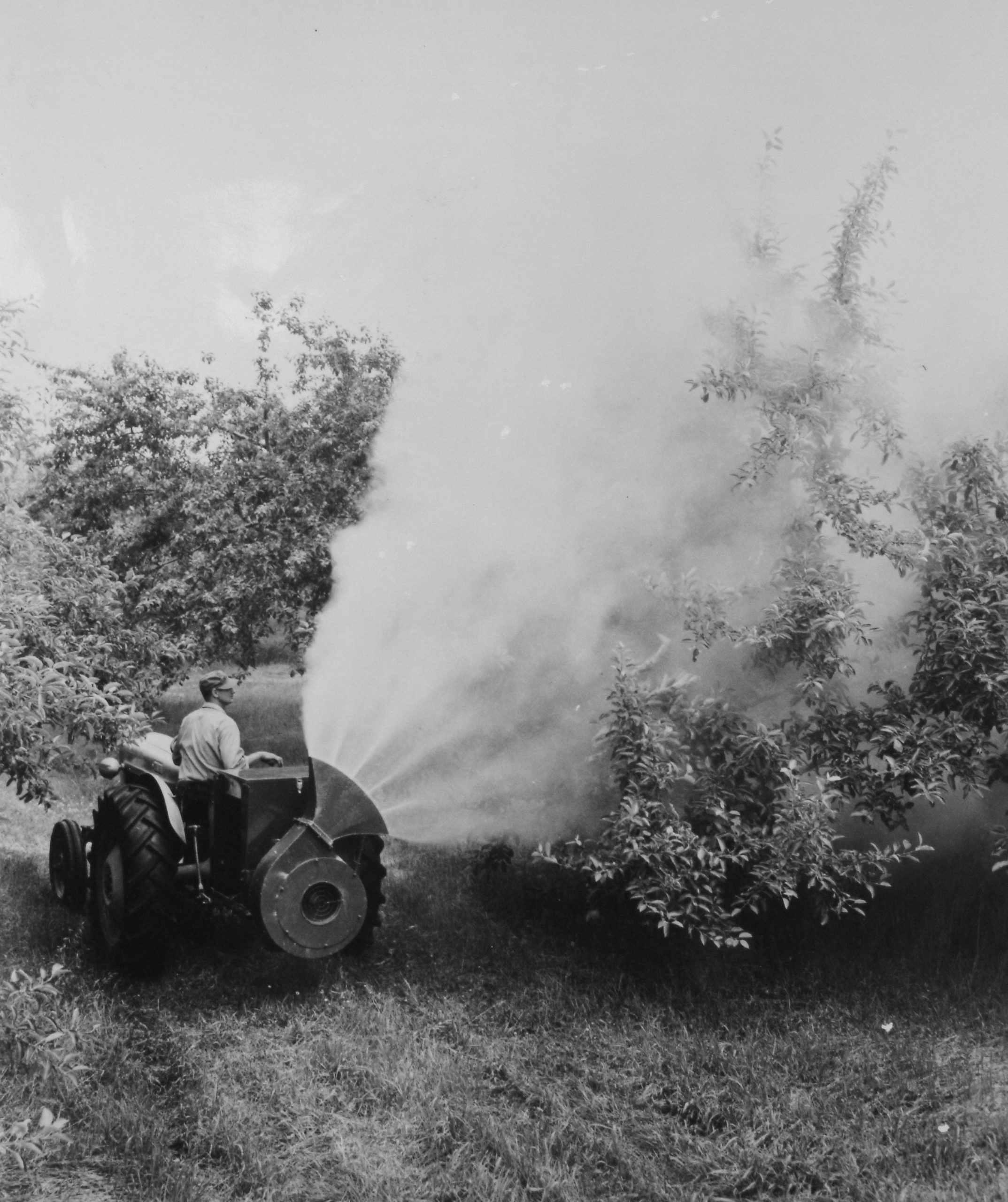Bees, those tiny yet industrious creatures, have been silently playing a crucial role in sustaining our economy and environment. The mesmerizing dance of honeybees, gathering nectar from vibrant flowers, not only produces the golden elixir known as honey but also supports the pollination of countless crops that feed us. However, as we witness the alarming decline in honeybee populations, we also need to keep our conservation focus on another, often overlooked group of pollinators – our native bees in Florida.
Honeybees and Our Economy

The contribution of honeybees to our economy is nothing short of remarkable. According to the U.S. Department of Agriculture (USDA), these diligent insects pollinate around $15 billion worth of crops every year in the United States. From almonds to strawberries, honeybees play an indispensable role in ensuring the success of many agricultural industries. In Florida, the citrus industry heavily relies on honeybee pollination, with the state historically being one of the largest producers of oranges and grapefruits.
The Decline of Honeybees
Despite their economic importance, honeybee populations have been dwindling over the years due to various factors. Pesticide exposure, habitat loss, disease, and climate change have all contributed to what is known as Colony Collapse Disorder (CCD). The decline in honeybee populations has raised serious concerns about the sustainability of our agricultural systems and the security of our food supply.
Florida’s Native Bee Pollinators

While honeybees have taken the spotlight, it’s crucial to remember that they are not native to Florida. They were introduced from Europe for honey and crop pollination. Instead, Florida’s native bee species have evolved over time to be adapted to the local environment. However, these vital native pollinators are facing their own decline, often overshadowed by the honeybee crisis.
Native bees, such as bumblebees and solitary bees, have unique preferences and behaviors when it comes to pollinating native plants. Many native plants rely specifically on native bees for pollination, forming intricate ecological relationships that support the overall health of ecosystems. As these native bee populations decline, the delicate balance of Florida’s biodiversity is at risk.
Bee the Change
Florida-Friendly Landscaping™
It’s high time we shift our focus from relying solely on honeybees for pollination to embracing a more holistic approach to conservation. Biodiverse Florida-friendly plantings hold the key to supporting all bee species and a plethora of other beneficial insects. Our landscapes can help mitigate the impact of habitat loss, as long as we do not focus on nonfunctional turf grass and invasive exotics. Instead utilize a mixture of natives and Florida-friendly plants to meet our landscape needs.

Reducing Broad Spectrum Pesticide Use

One of the primary factors contributing to bee declines is the use of broad-spectrum pesticides that harm both target pests and non-target beneficial insects like bees. By adopting Integrated Pest Management (IPM) strategies and reducing chemical pesticide use to a targeted last resort, we can create safer environments for all pollinators to thrive. This shift not only protects our fragile ecosystems but also safeguards our food production systems.
Conclusion
The decline of honeybee populations is a wake-up call, reminding us of the delicate interconnectedness of nature and our dependence on these remarkable pollinators. However, it’s equally crucial to recognize the plight of Florida’s native bee pollinators and take steps to conserve them. By embracing biodiversity and reducing broad spectrum pesticide use, we can create a thriving environment for all insect species, ensuring a more resilient and sustainable future for our economy, environment, and food systems. As we cultivate Florida-friendly landscapes, we sow the seeds of harmony, ensuring that the gentle hum of pollinators continues to reverberate through Florida’s ecosystems for generations to come.
Declaration of Generative AI and AI-assisted technologies in the writing process
During the preparation of this work, the author used ChatGPT in order to help build out the blog post. After using this tool/service, the author reviewed and edited the content, and takes full responsibility for the content of the publication.
Additional Information:
- Florida-Friendly Landscaping™ Bee Garden App
- UF/IFAS Honey Bee Research & Extension Lab
- UF/IFAS Gardening for Bees
- UF/IFAS Attracting Native Bees to Your Florida Landscape
- UF/IFAS Bees of Florida Identification Guide
 7
7

